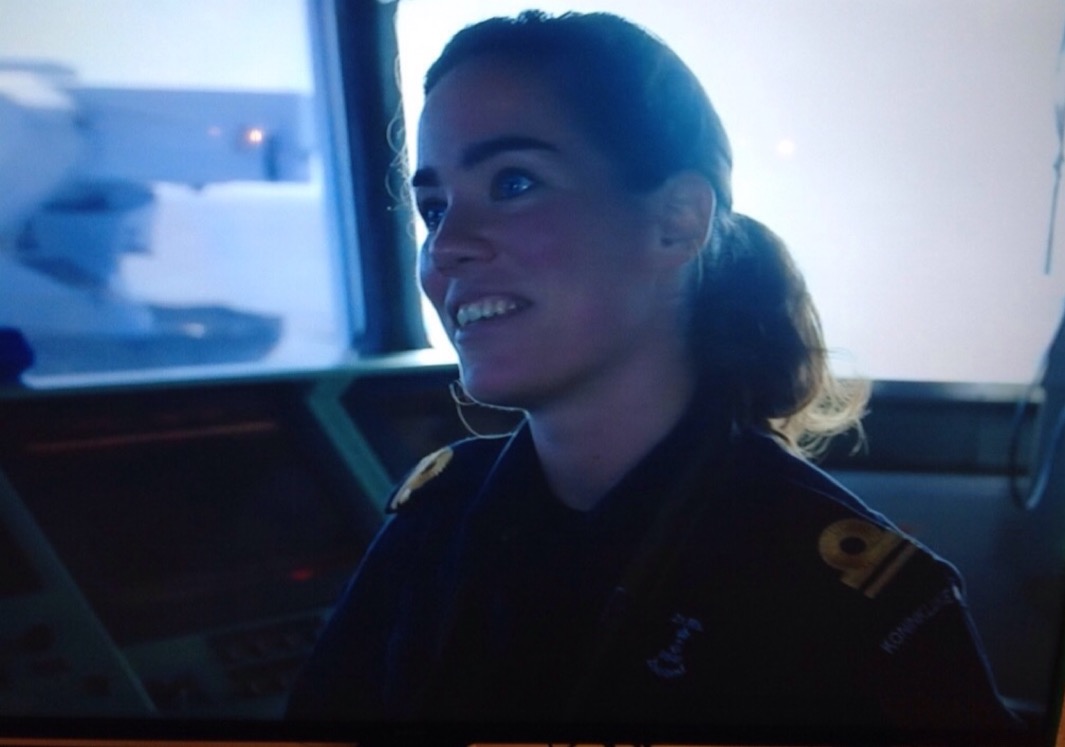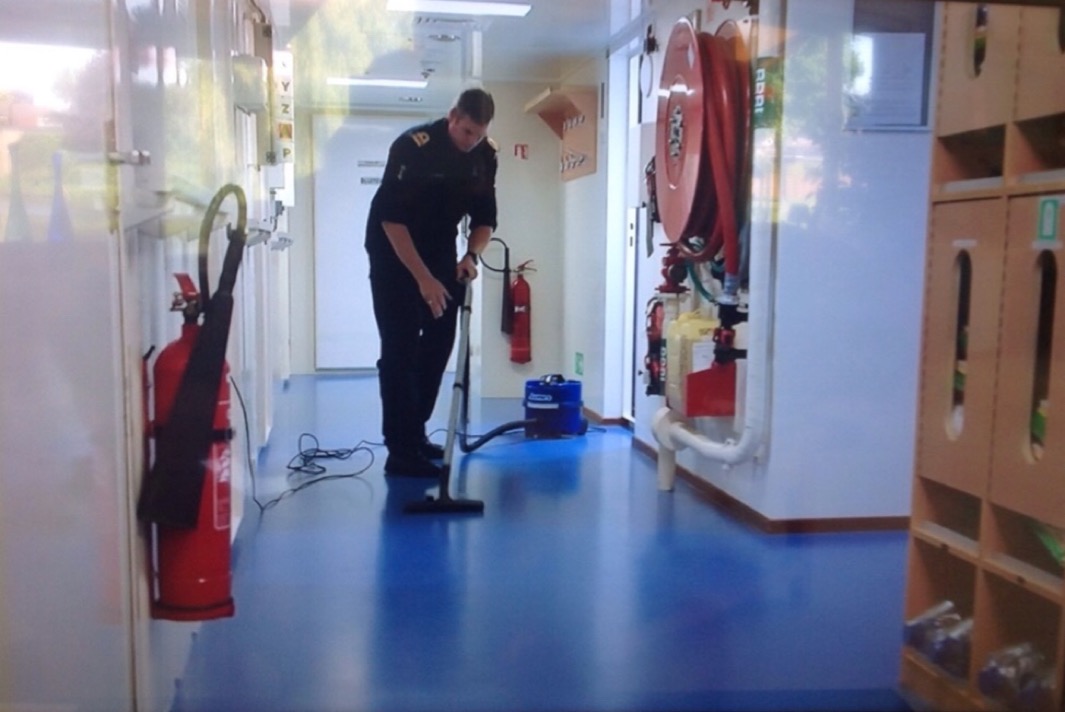Naval ships can have quite a lot of people on the bridge and one of the reasons is that warships have quite a lot of people. It depends on the captain as to how many he can stand or how many he wants.
Some of them are senior officers with nothing particular to do at that time but being seniors they know to stand back, shut up and disappear when things get tense. Some captains simply enjoy their company whilst the navigator pilots the ship keeping up a constant patter informing the captain or seeking his permission to turn, slow down etc.
As a funny aside, I recall one sailor who was specifically stationed on or handy to the bridge with a spare microphone and cord to rectify the captain’s habit of throwing the conning microphone on the deck and stomping on it when things went wrong. The old man would chuck his tantrum, the sailor would quietly step forward and replace the mike, hand it to him and all would resume as if nothing had happened.
I’ve been in every officer job on the bridge (and operations room - CIC) from middy to captain and I think the system works well. Bear in mind that, say, in Australia, our warships are largely exempt pilotage and officers are trained to plan and conduct pilotage routinely, enter unfamiliar harbours and berth without assistance.
As a further check, warships run an independent plot of blind pilotage in the Operations Room and are ready to assume the navigation in an instant if a sudden fog descends. They will pass advice to the bridge as to their opinion of whether the ship is on track, wheel over times, collision avoidance etc without being too intrusive.
So when you have lots of officers who are trained to navigate, they are put to use and maintain and develop skills.
In short, I’ve not seen a case when the crowd on the bridge affected the navigation, but I accept that with more people involved there is more interpersonal communications and more chatter with consequent room for misunderstandings.
Now I’m a commercial captain, I do everything unless I can spare someone suitably qualified to assist. This can be busy and stressful but ultimately handled.
The naval system’s advantage is that junior officers gain shiphandling, pilotage and bridge experience under the watchful eye of experts and there are additional checks and balances in having two plots of the ship’s position and more eyes out more windows and in more radars etc.



